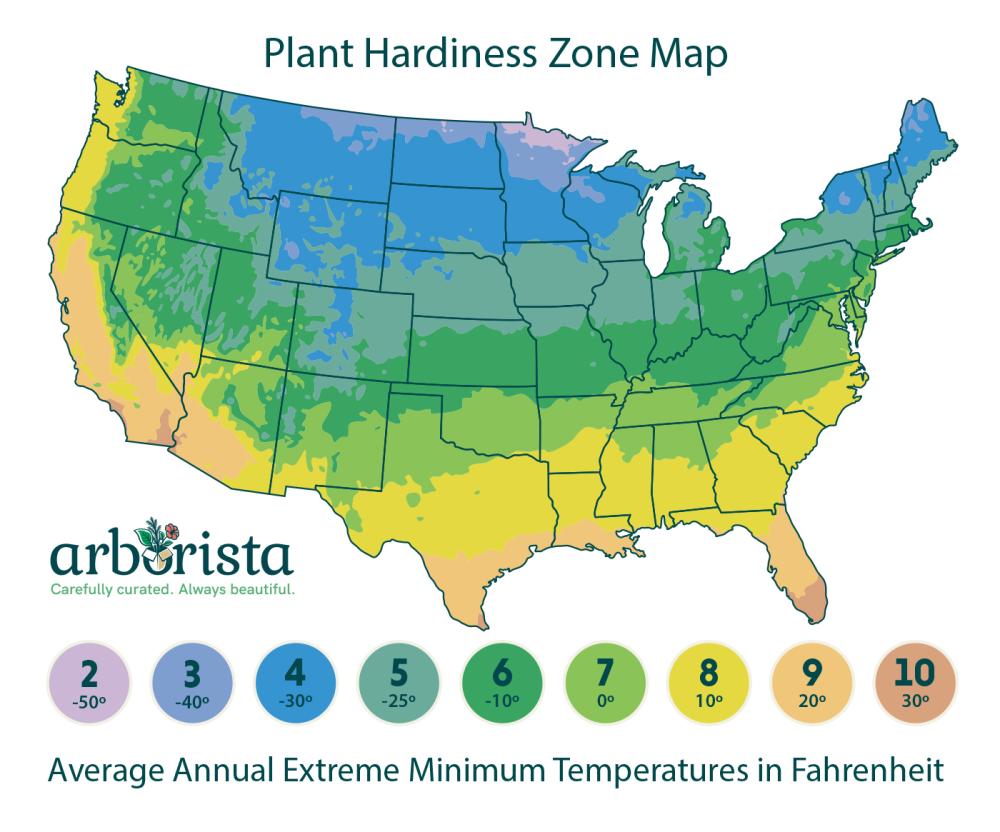Understanding Planting Zones: Your Guide to Gardening Success
Plant hardiness zones, established by the USDA, serve as invaluable tools to help gardeners make informed decisions about which plants are best suited for their local climate. These zones are designed to guide us in selecting plants that can thrive in our specific weather conditions, considering factors such as average low temperatures and unique climate regions like the Great Lakes area.


While they're not rigid rules, planting within the recommended zone for a particular plant significantly increases the chances of success. Straying from these guidelines can lead to challenges. For example, a tree or shrub grown outside its recommended zone may bud too early for your region. If this premature budding is followed by a frost or excessively low temperatures, it can harm the plant and even lead to its demise.
It's important to note that while planting within the right zone is essential, it doesn't guarantee a plant's survival. Other variables, such as soil type, moisture levels, drainage, humidity, and exposure to sunlight and wind, also play critical roles in a plant's well-being.
To make the best choices for your garden, be sure to review the detailed descriptions provided for each tree and shrub on their respective product pages. These descriptions offer insights into the specific requirements of each plant, helping you create a nurturing environment for their growth.
Additionally, our product pages feature maps indicating the areas where each plant is most likely to thrive. These maps serve as a valuable resource, ensuring you select plants that will flourish in your local planting zone and setting the stage for a successful and vibrant garden. Happy gardening!

